Shaded corners of your yard can be transformed into lush, inviting retreats with the right combination of plants, hardscaping, and décor. Whether you’re working under a canopy of trees, alongside a north-facing wall, or in a compact courtyard, these 20 ideas will help you maximize color, texture, and function in low-light conditions. From selecting the best shade-loving perennials to incorporating water features, lighting, and creative containers, each concept is designed to thrive with minimal sun exposure while adding visual interest and year-round appeal. Draw inspiration from expert recommendations and tried-and-true plans to craft a serene, vibrant shade garden of your own.
1. Shade-Loving Perennials

Choose perennials that thrive in partial to full shade—such as hostas, astilbe, and bleeding hearts—to provide lasting structure and seasonal blooms. Varieties like coral bells and hellebores also add color and textural contrast without demanding direct sunlight. These plants tend to have broader leaves to capture limited light and often require consistent moisture and rich, well-drained soil. Incorporate a mix of early spring bloomers, summer-flowering varieties, and autumn foliage stars to ensure continuous interest through the growing season. Group plants with similar moisture and soil needs together for easier maintenance and healthier growth.
2. Hanging Planters
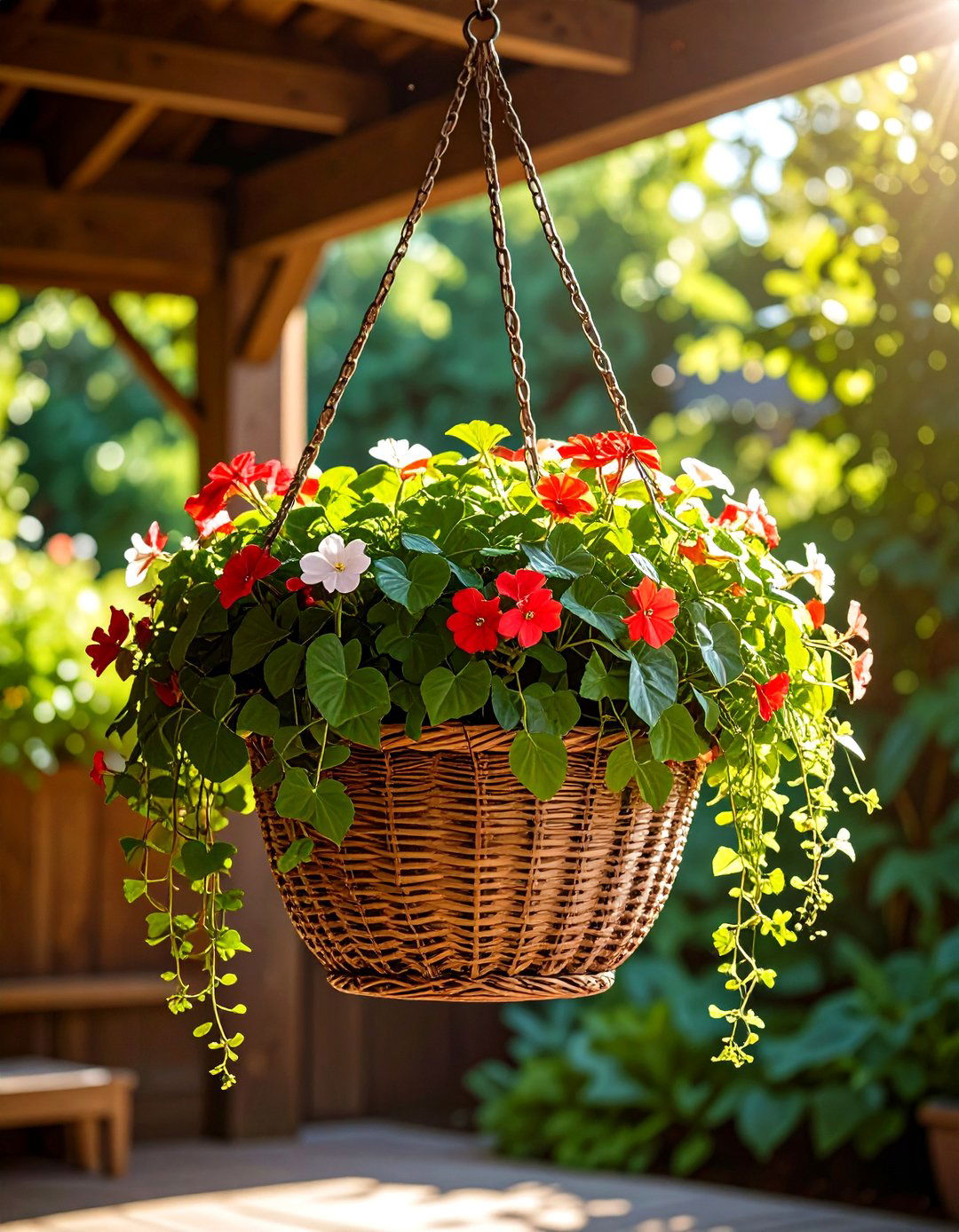
Suspended baskets and hanging pots free up ground space and bring greenery to eye level, making them perfect for tight or cluttered shade areas. Select trailing or vining shade-tolerant species like ivy, fuchsia, or begonias to create cascading layers of foliage and flowers. Use sturdy brackets or tree hooks to support heavier containers, and line baskets with coco coir or moss for better moisture retention. Regularly deadhead spent blooms and rotate baskets to maintain balanced growth. This vertical dimension adds visual depth and draws attention upward, brightening otherwise gloomy corners.
3. Ferns for Damp Shade
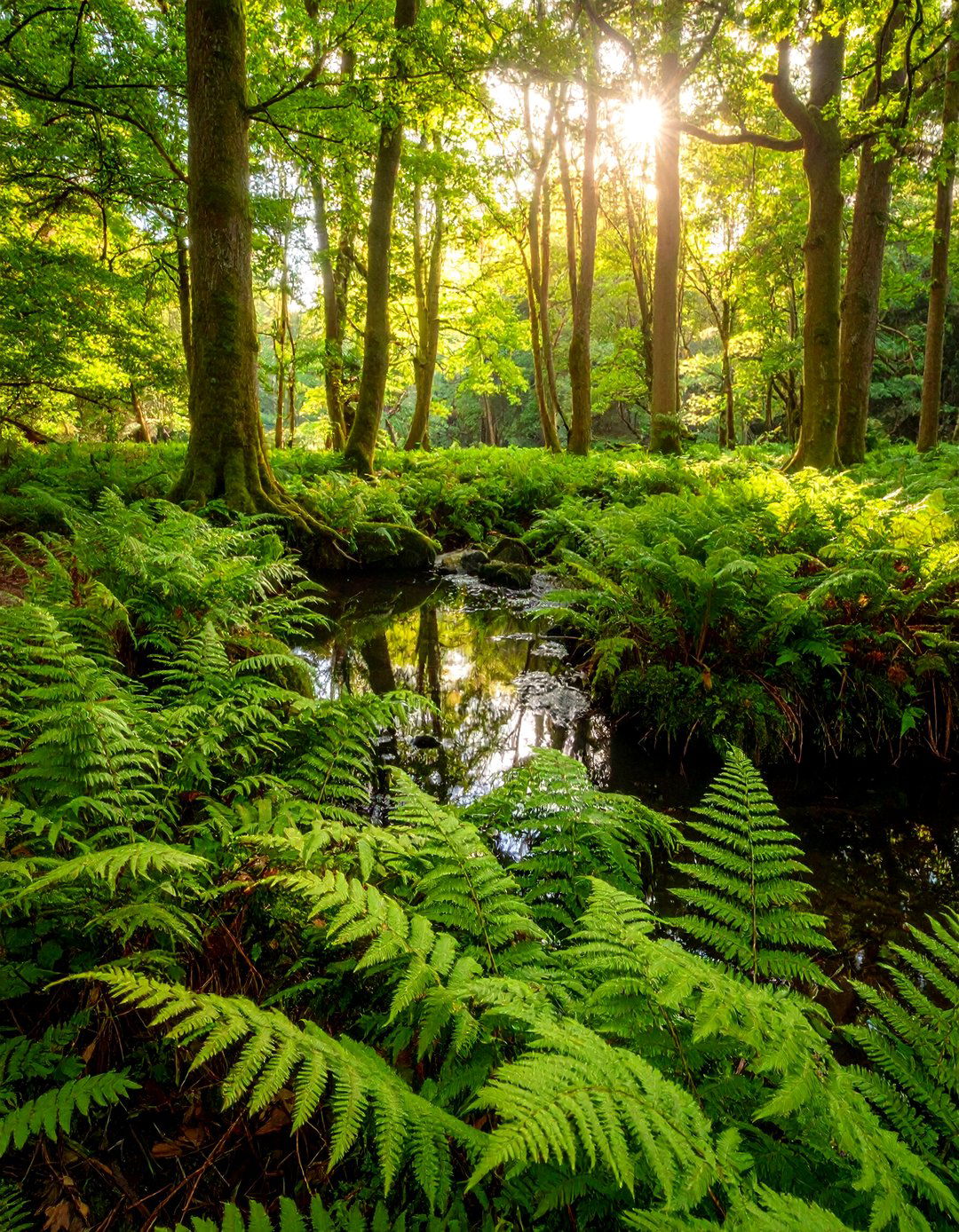
Ferns—such as maidenhair, Japanese painted fern, and lady fern—excel in moist, woodland-style planting beneath tree canopies or near water features. Their delicate fronds add an airy, graceful texture and natural movement when brushed by breeze. Most ferns prefer evenly moist, humus-rich soil and filtered light; avoid heavy clay and direct sun. Underplant larger ferns with groundcovers like wild ginger or Irish moss to suppress weeds and maintain soil moisture. Incorporate mulch to regulate temperature and moisture; feed lightly with balanced fertilizer in spring for vigorous growth.
4. Heuchera and Heucherellas
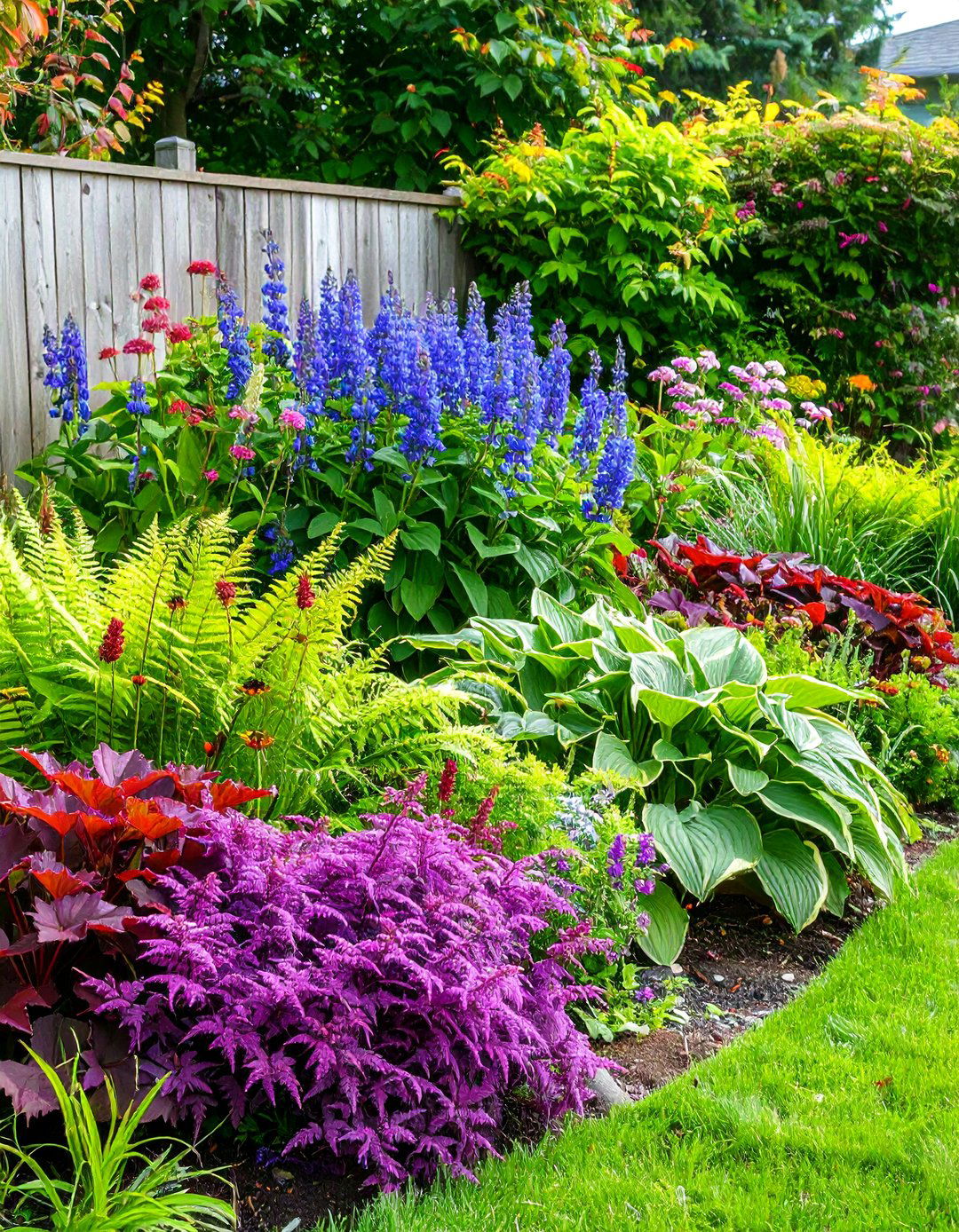
Coral bells (Heuchera) and their hybrids offer striking foliage in shades of purple, silver, and chartreuse, thriving in light to medium shade. Their mounded habit and airy flower spikes make them excellent for borders, containers, or mixed beds. Choose cultivars like ‘Palace Purple’ or ‘Lime Rickey’ for bold color contrast against darker green backdrops. Ensure well-drained, humus-rich soil and protect from afternoon sun to prevent leaf scorch. Combine with hostas or ferns for layered texture, and divide plants every three years to rejuvenate clumps and control size.
5. Layered Containers

Use multiple pots of varying heights—large urns, mid-size planters, and small pots—to build tiered displays in shady spots. This “stair-step” approach creates depth and allows for mixing plants with different textures, from tall ornamental grasses to low groundcovers. Opt for containers in neutral tones or natural materials like wood and stone to complement foliage colors. Ensure each pot has adequate drainage and use a high-quality potting mix with moisture-retaining additives. Group containers on benches, steps, or plant stands for easy watering and maintenance.
6. Shade-Loving Groundcovers
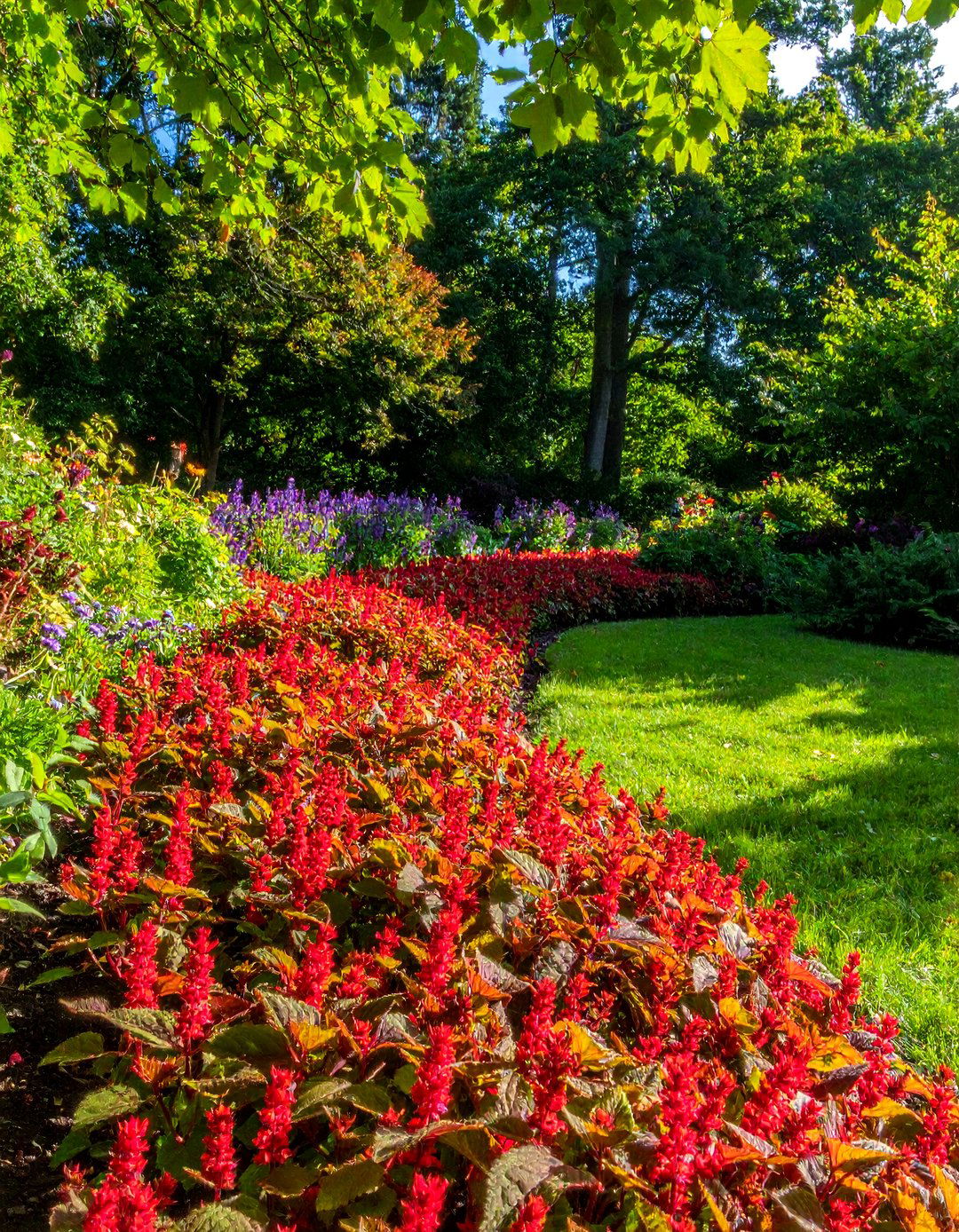
Replace grass or bare soil with shade-tolerant groundcovers such as ajuga, baneberry, and barren strawberry to create a carpet of foliage. These low-growing plants suppress weeds, reduce erosion, and adapt to uneven light. Ajuga’s blue flower spikes contrast beautifully with its glossy leaves, while wild ginger offers evergreen coverage and subtle blooms. Prepare the soil by removing existing turf and loosening compacted areas; amend with compost for improved texture. Space plugs or divisions according to each species’ habit to ensure quick fill-in and minimize gaps.
7. Water Features
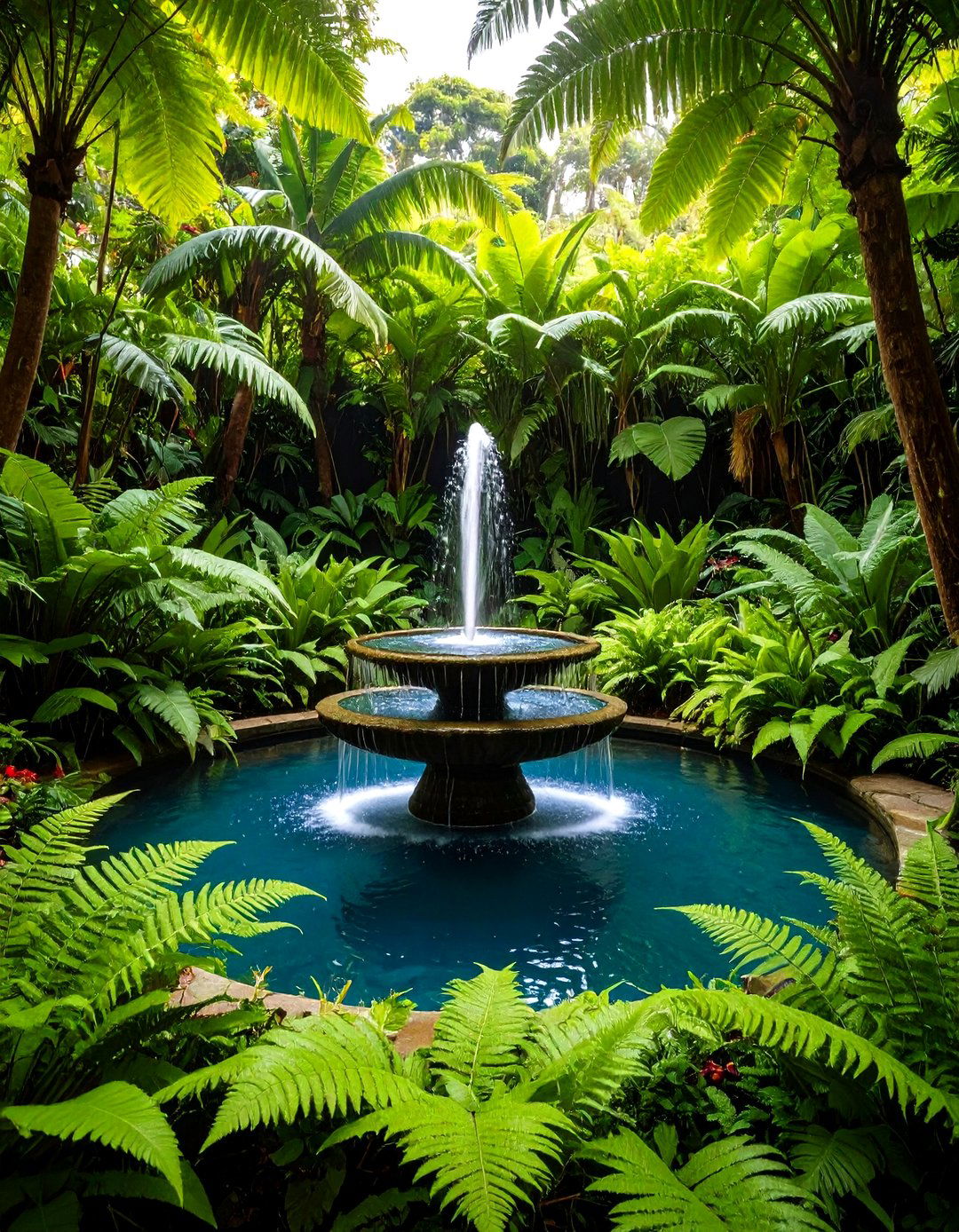
Introduce a small pond, bubbler, or fountain to add reflective surfaces, ambient sound, and increased humidity—ideal for many shade lovers. Position water elements where they can be seen from seating areas or pathways, and soften edges with moisture-loving plants like ferns, hostas, and astilbes. Consider a recirculating pump to maintain water clarity and keep wildlife like birds and beneficial insects returning. In autumn, use floating aquatic plants or marbles to decorate the surface when other blooms fade.
8. Cozy Seating Nooks

Create restful retreats with benches, bistro sets, or hammock chairs nestled among shade-tolerant plantings. Place seating under a tree canopy or beside a pergola draped with climbing hydrangea or clematis for dappled light. Use weather-resistant materials like teak or wrought iron, and add cushions in vibrant patterns to lift the subdued backdrop. Integrate narrow side tables or built-in ledges for drinks and books. Surround seating with container plantings to enhance intimacy and draw the eye inward.
9. Variegated Foliage Accents
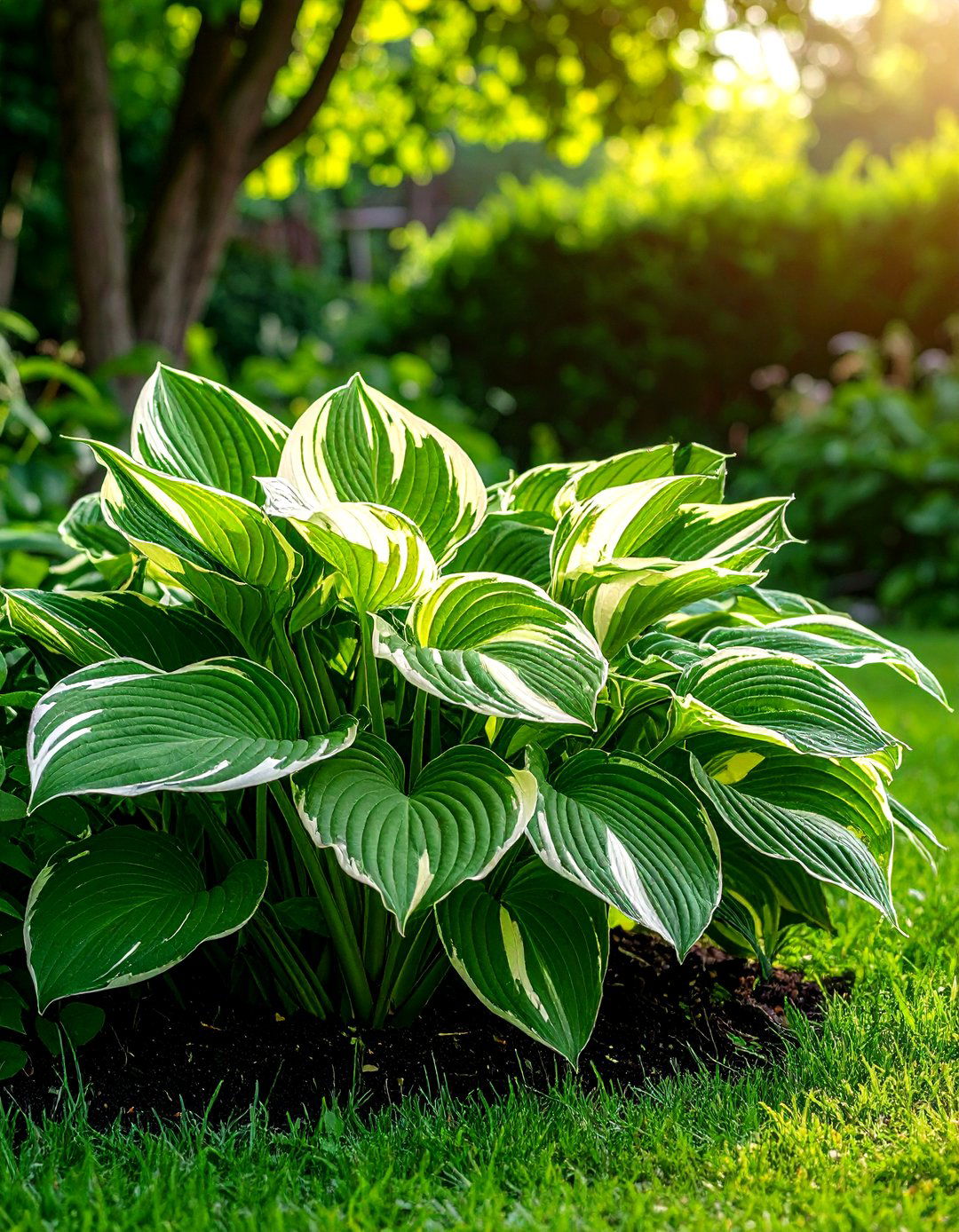
Brighten dark corners with variegated plants such as variegated hostas, variegated ligularia, and Solomon’s seal. Their striped or mottled leaves reflect light and add visual interest when flowering is minimal. Position these specimens against solid green backdrops to maximize contrast. Monitor moisture closely; variegated plants can be more sensitive to drying and scorching. Mulch heavily and water consistently, especially during dry spells.
10. Shade-Tolerant Shrubs
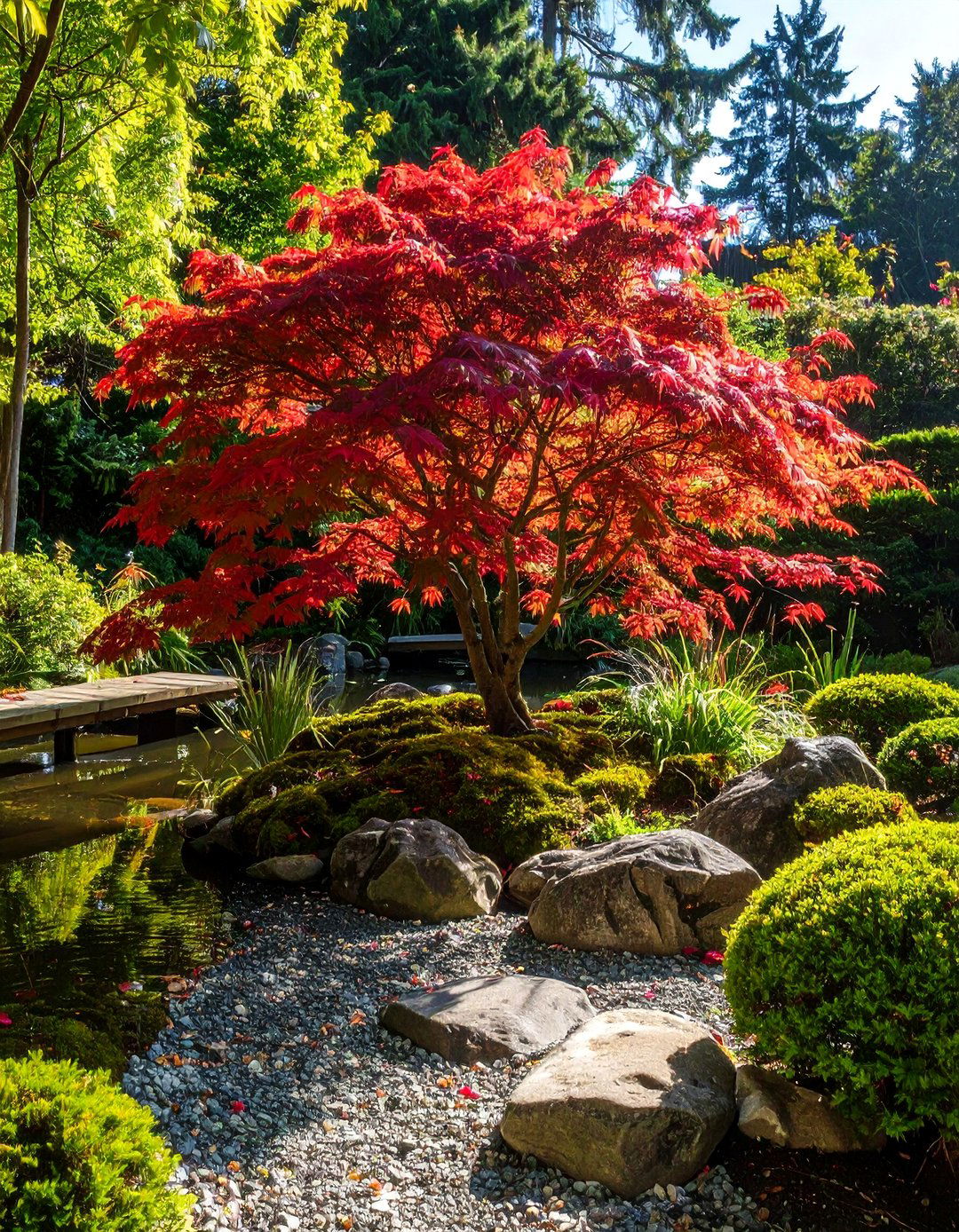
Incorporate shrubs like hydrangea quercifolia (oakleaf hydrangea), rhododendron, and Japanese maple to establish structure and seasonal flair. Oakleaf hydrangeas produce large, cone-shaped blooms and fiery fall foliage, thriving with morning sun and afternoon shade. Rhododendrons prefer cool, acidic soil and dappled light, offering early spring flowers. Position shrubs as anchors in beds or borders, and underplant with compatible groundcovers to disguise bare stems.
11. Ornamental Grasses
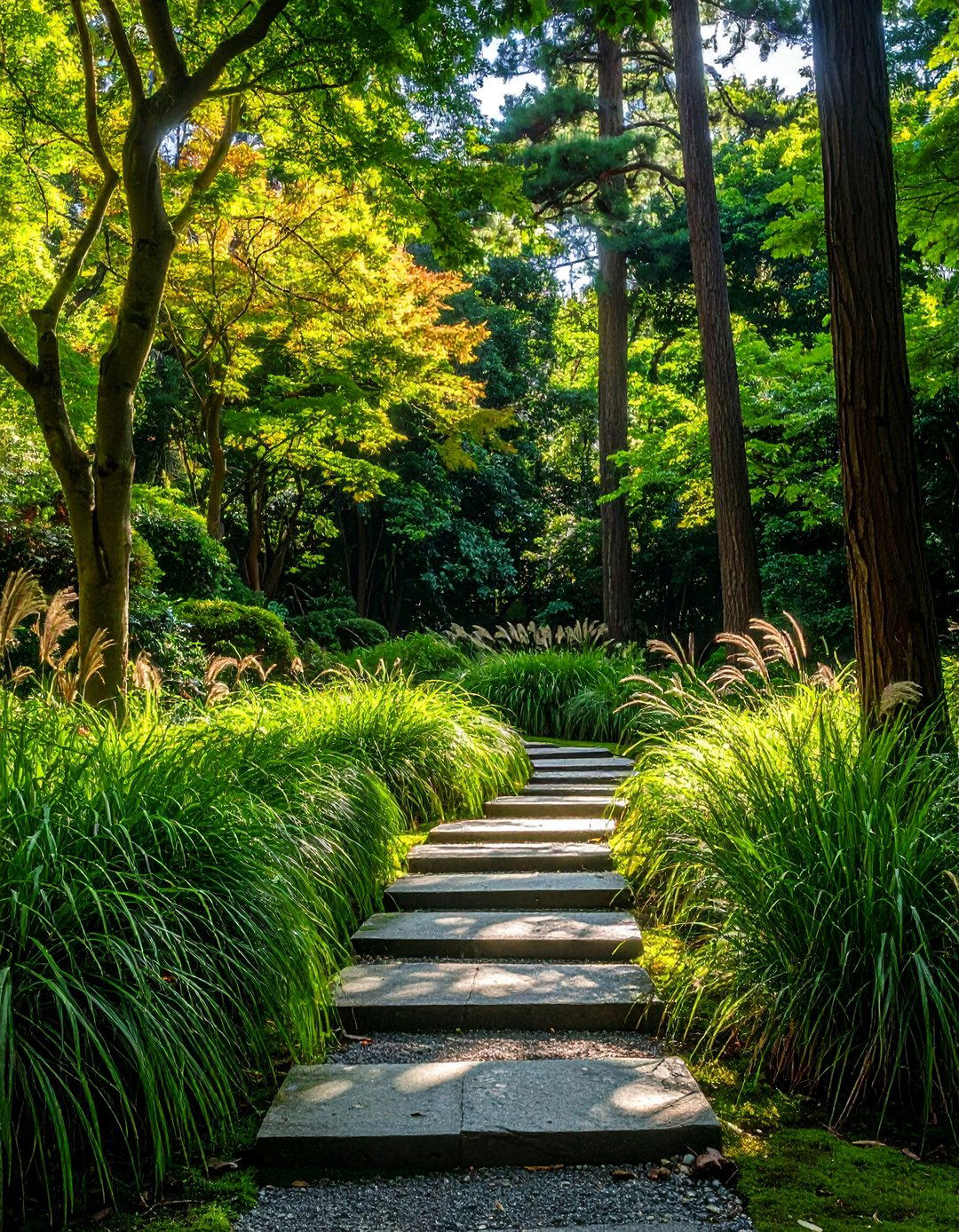
Select shade-tolerant grasses—such as Hakonechloa macra (Japanese forest grass) and Carex oshimensis (‘Everest’ sedge)—for soft movement and graceful form. These grasses prefer light to medium shade and moist, well-drained soil. Use them as textural foil against bold-leaf hostas or ferns. Trim back old foliage in late winter to make way for fresh spring growth, and monitor for slugs in dense plantings.
12. Portable Container Displays
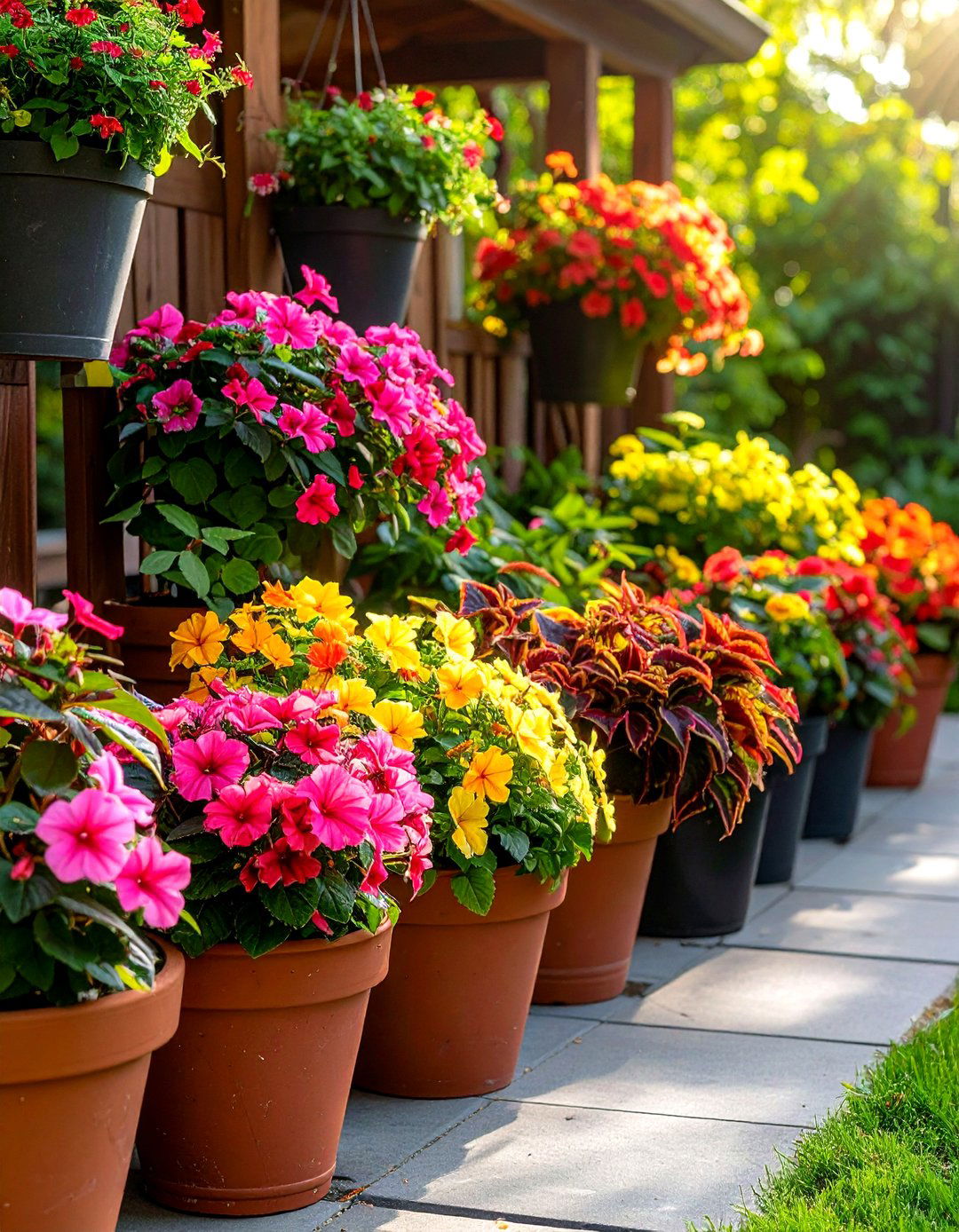
Arrange seasonal annuals like impatiens, coleus, and begonias in movable pots to experiment with color combinations and relocate plants for optimal light. Containers allow you to refresh the display each season or trial new varieties without disturbing established beds. Use a lightweight, well-draining potting mix and fertilize regularly for vigorous blooms. Group pots on wheeled carts or plant caddies for effortless repositioning.
13. Shaded Pathways

Define winding paths with stepping stones or gravel, flanked by low-growing shade plants like lungwort and sweet woodruff. These groundcovers spill over edges, softening hardscape and preventing soil erosion. Install edging to contain materials and mulch lightly to suppress weeds. Illuminate paths with solar-powered stake lights for safe, attractive nighttime ambles.
14. Zen-Style Corner

Design a minimalist zen retreat using gravel, bamboo screens, and a simple rock arrangement. Accent with a few evergreen ferns or Japanese maples in pots for greenery. The raked gravel pattern evokes rippling water, while sparse planting emphasizes shape and texture. Incorporate a small stone lantern or bench for contemplation.
15. Seasonal Bulb Interest

Plant spring bulbs—such as snowdrops, bluebells, and crocus—beneath deciduous trees to naturalize shady beds. These bulbs bloom before trees leaf out, making the most of early light. In late summer, follow with autumn-flowering bulbs like colchicum and cyclamen. Lift and divide bulbs every few years to prevent overcrowding and maintain bloom quality.
16. Moss Garden
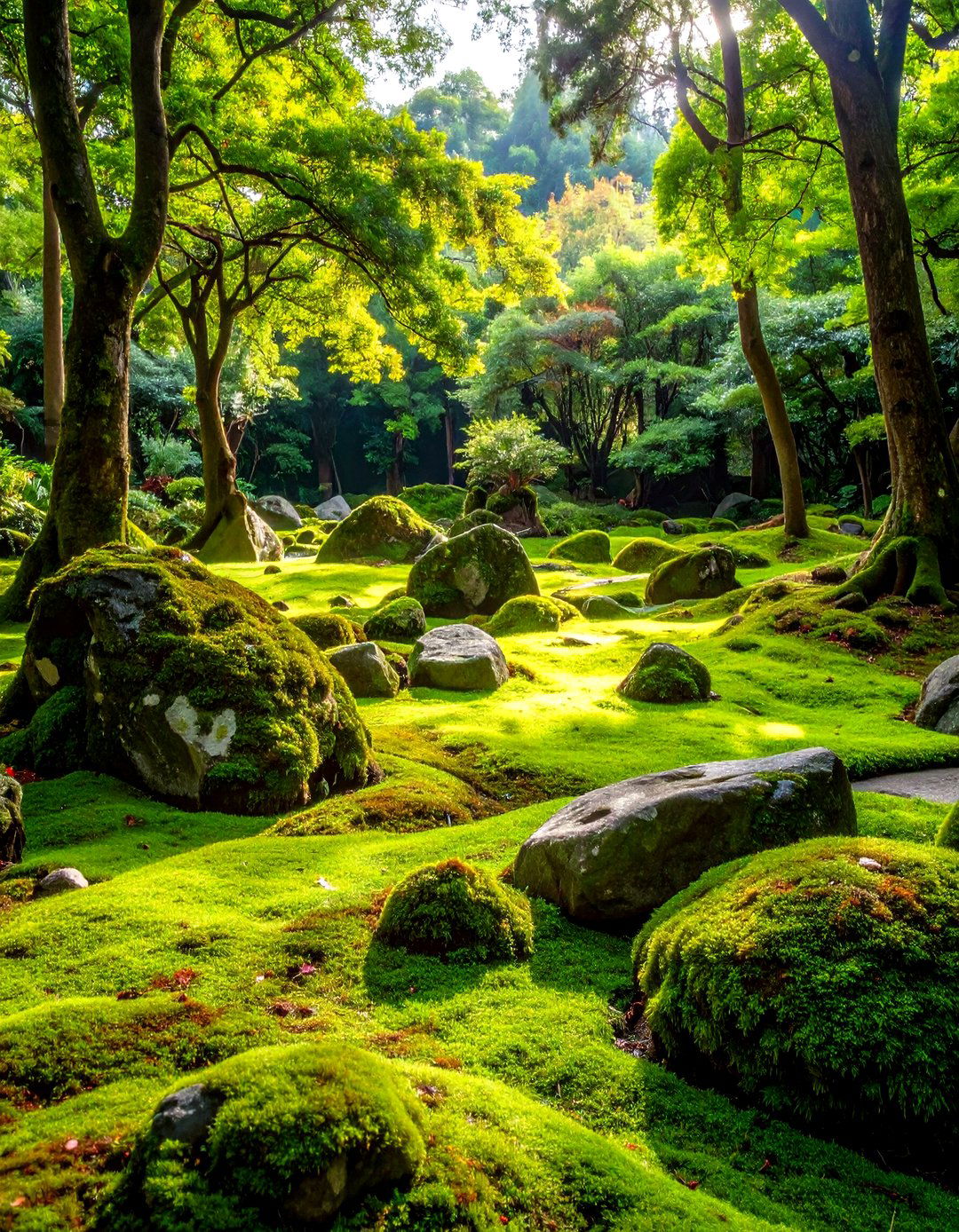
Harness the serene beauty of moss by creating a green carpet on damp, shaded soil or between stepping stones. Remove competing weeds, level the area, and transplant moss patches or use a moss slurry (blended moss with buttermilk) to encourage coverage. Keep the site moist and foot traffic light until established. Moss gardens thrive in woodlands and under tree canopies.
17. Vertical Green Walls
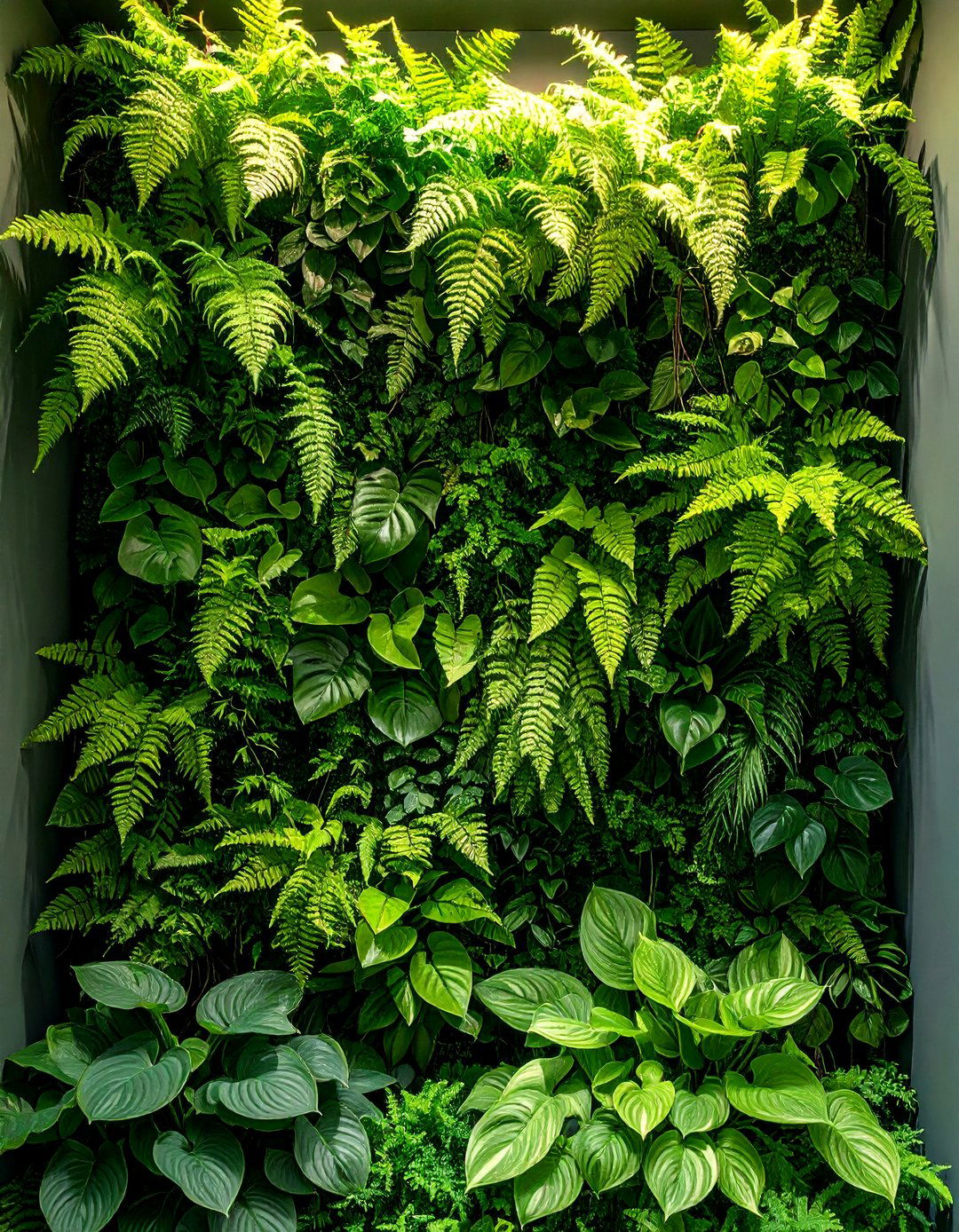
Turn blank shaded walls into living art with modular vertical planters. Choose shade-tolerant ferns, ivy, and small hosta varieties. Ensure adequate irrigation with drip systems or built-in reservoirs. Vertical gardens not only save space but also insulate walls and help cool adjacent interiors.
18. Woodland Theme
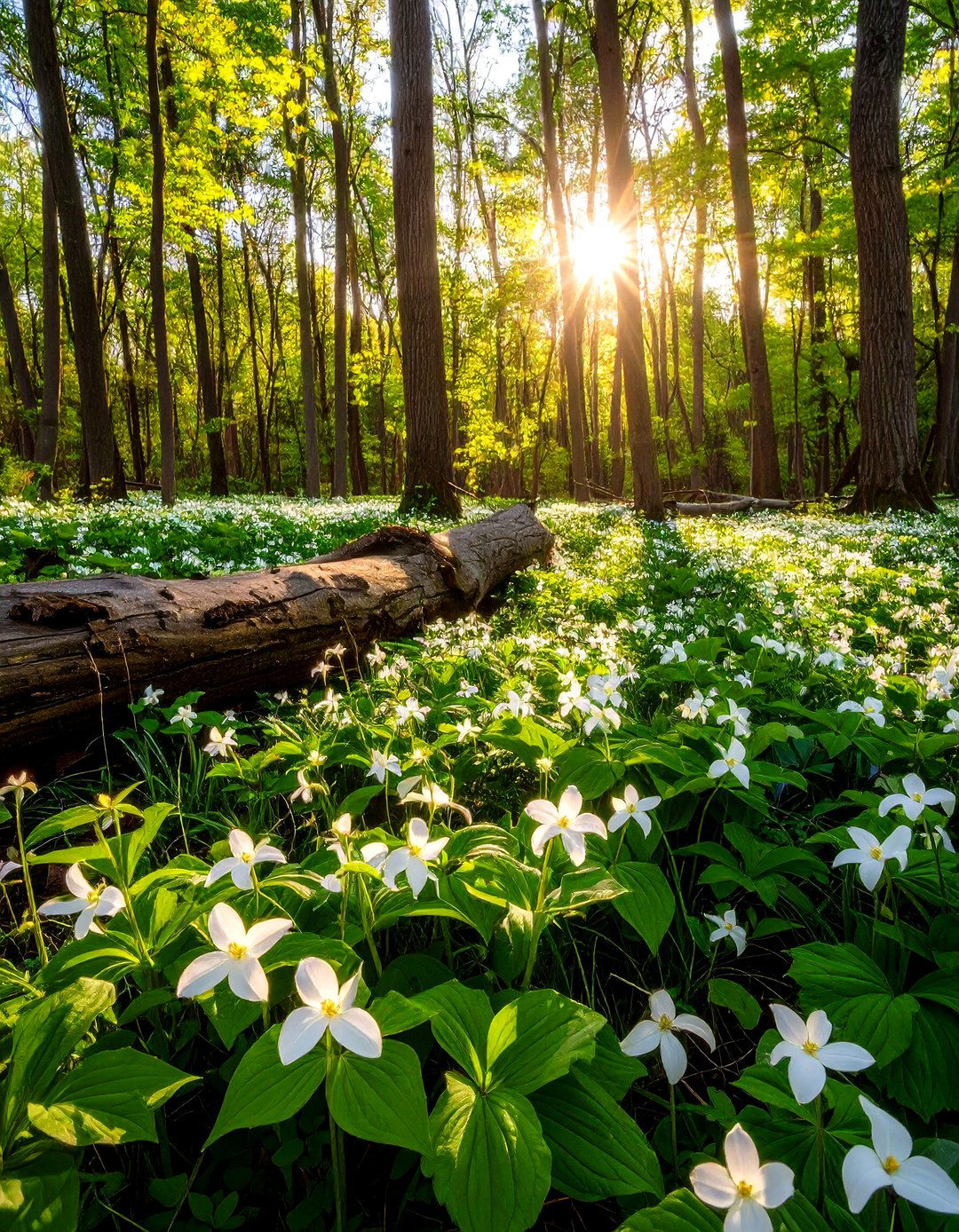
Emulate a natural woodland by combining native shade plants—such as trilliums, Solomon’s seal, and foamflower—with dappled light under mature trees. Use mulch-rich soil and avoid over-grooming to preserve a slightly wild aesthetic. Add fallen logs or natural boulders to enhance habitat value for wildlife.
19. Bright Annual Accents

Pop color into shady beds with annuals like impatiens, coleus, and calibrachoa. These fast-growing plants fill gaps quickly and can be mixed with perennials or containers. Deadhead spent flowers to prolong bloom and fertilize fortnightly for sustained color. Change out combinations each year for fresh looks.
20. Mood Lighting
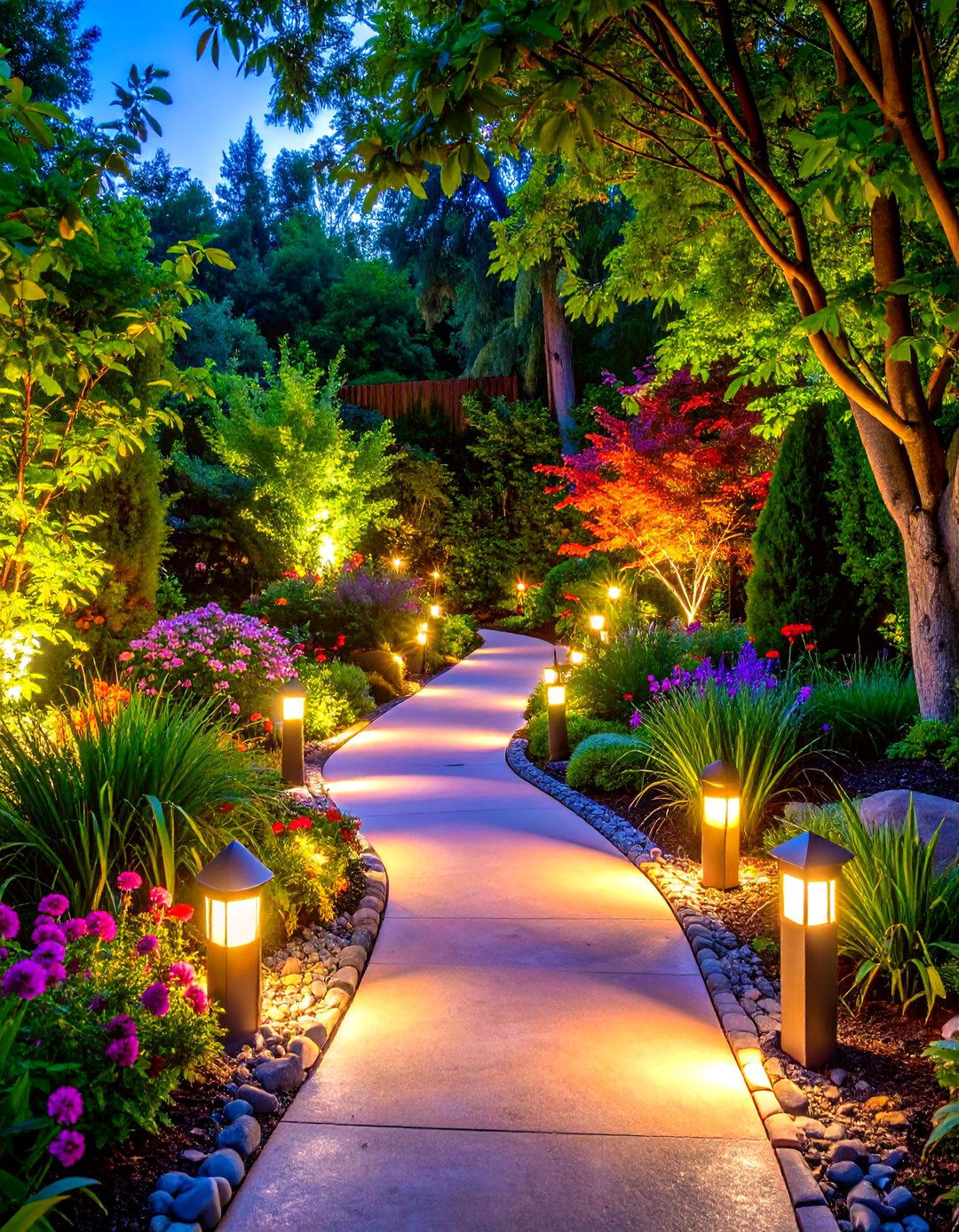
Install low-voltage LED uplights to highlight specimen plants and path lights to guide after-dark strolls. Hang string lights or lanterns in overhead branches to cast a soft glow. Lighting not only extends garden usability into the evening but also emphasizes foliage textures and creates enchanting shadow play.
Conclusion:
By combining the right plants, hardscape elements, and decorative accents, even the shadiest garden spaces can become vibrant, functional retreats. From choosing shade-adapted perennials and groundcovers to layering containers, incorporating water features, and adding mood lighting, these ideas demonstrate how to maximize limited sunlight while maintaining interest throughout the seasons. Whether you prefer a woodland oasis, a minimalist zen corner, or a cozy seating nook, thoughtful plant selection and design strategies will help your shade garden flourish. With these 20 concepts, you’re ready to transform any dark corner into a lush, inviting haven.


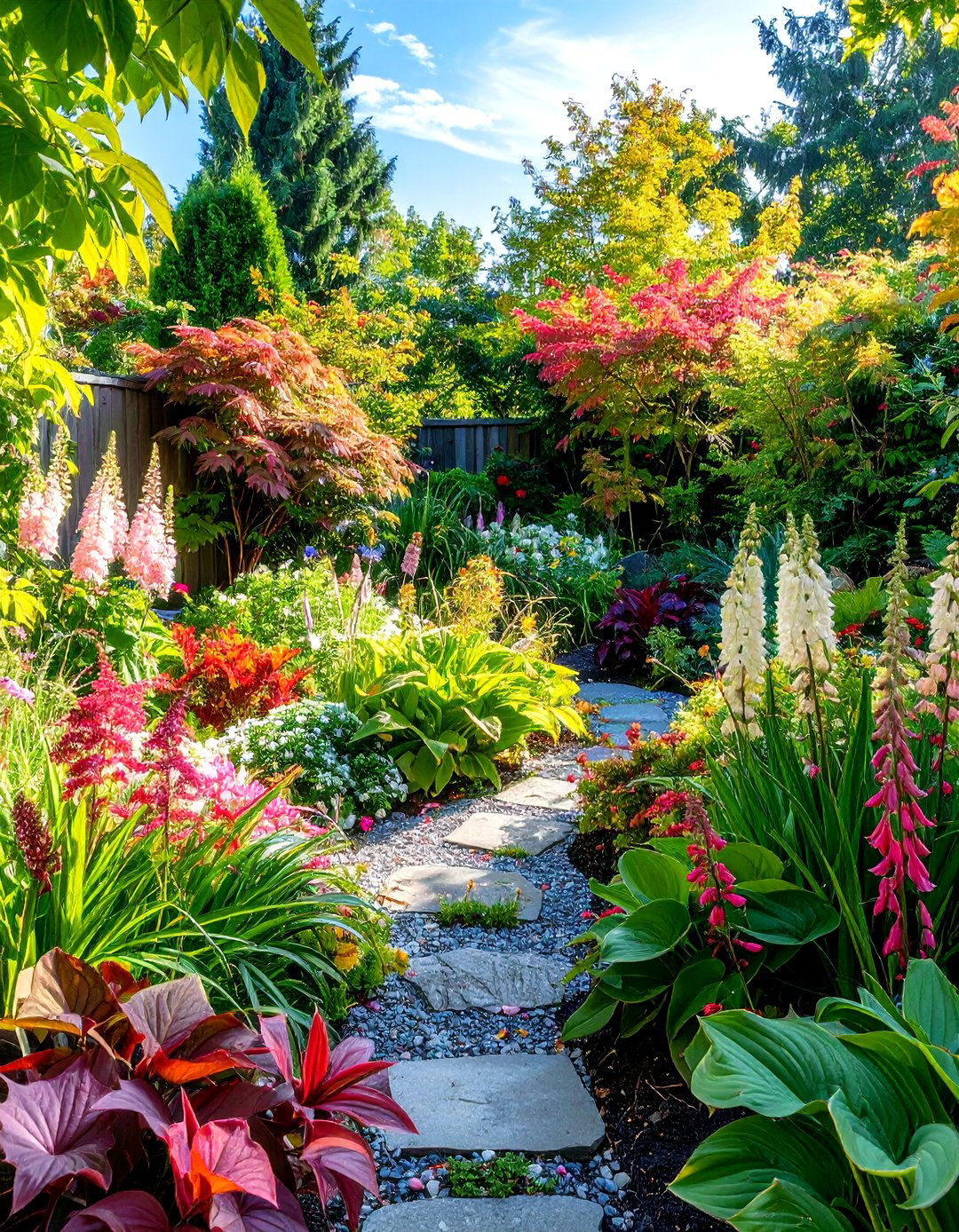
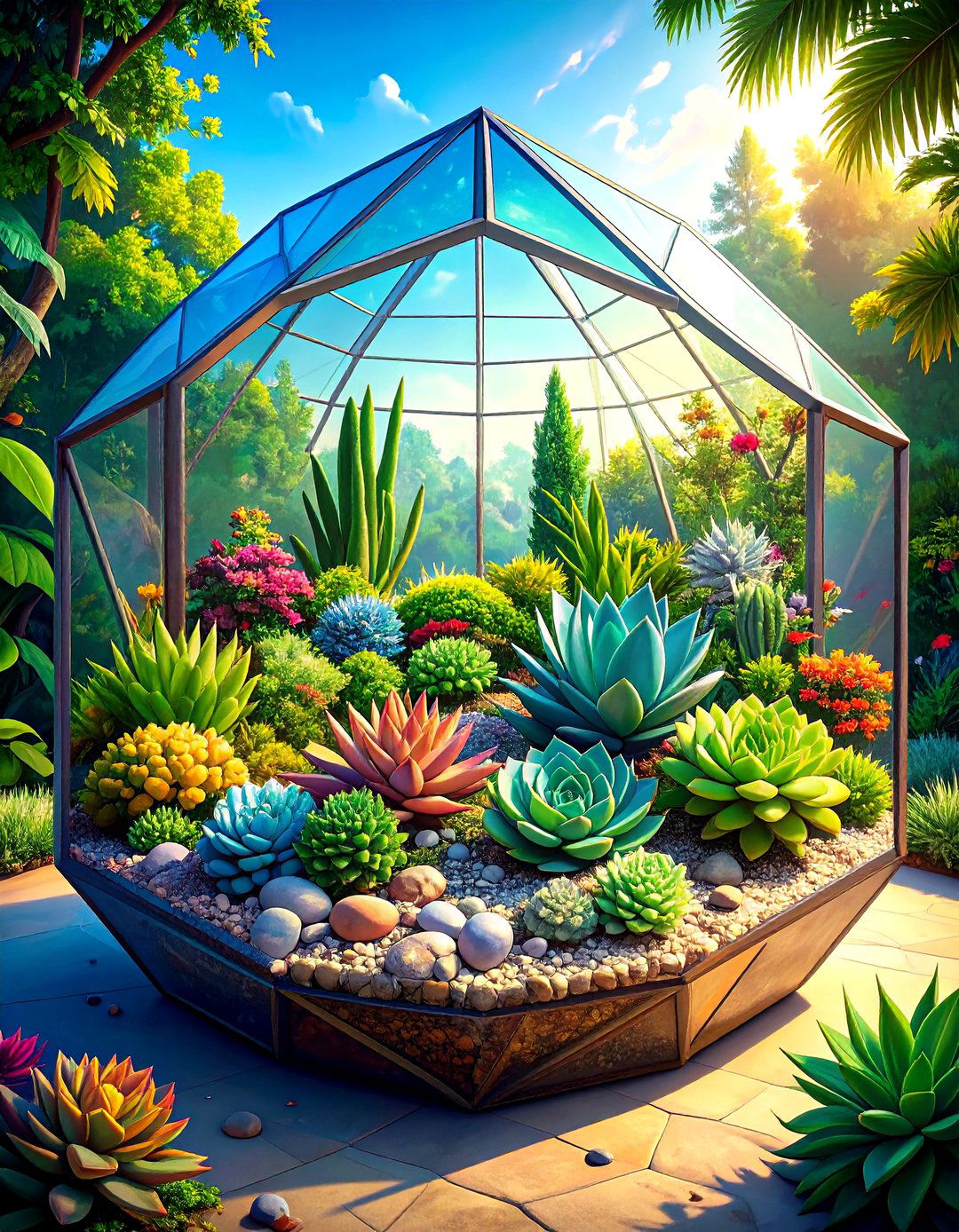
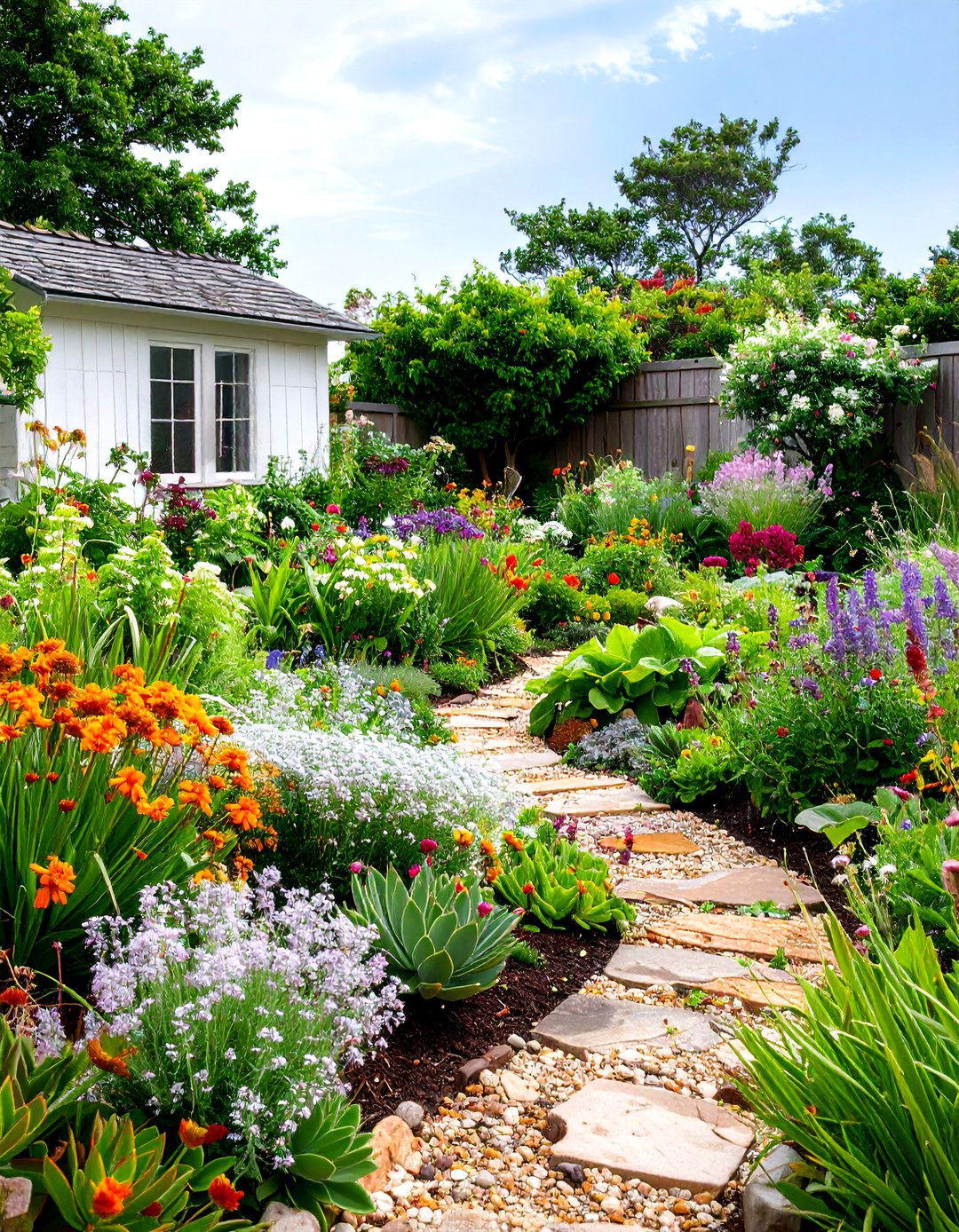



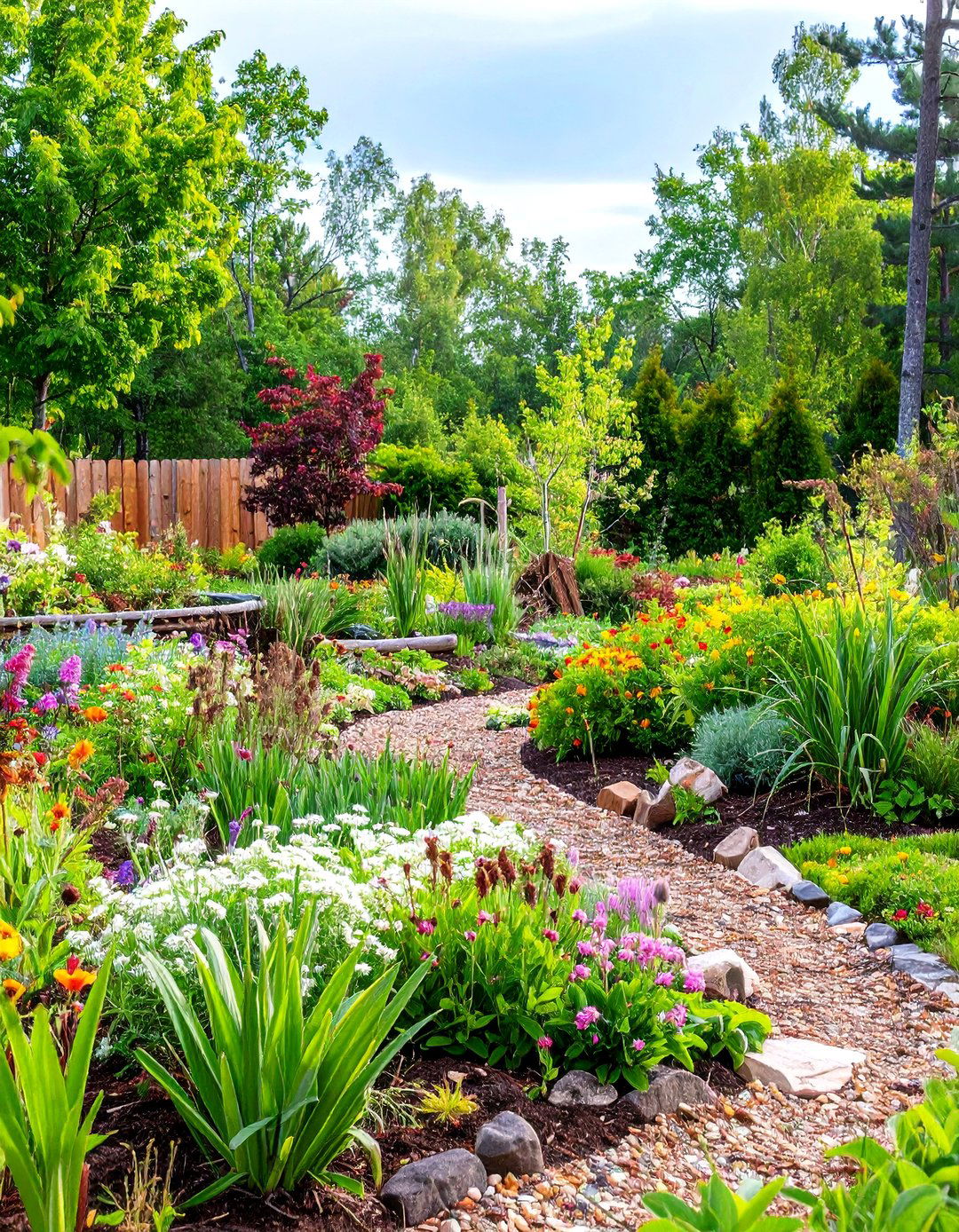
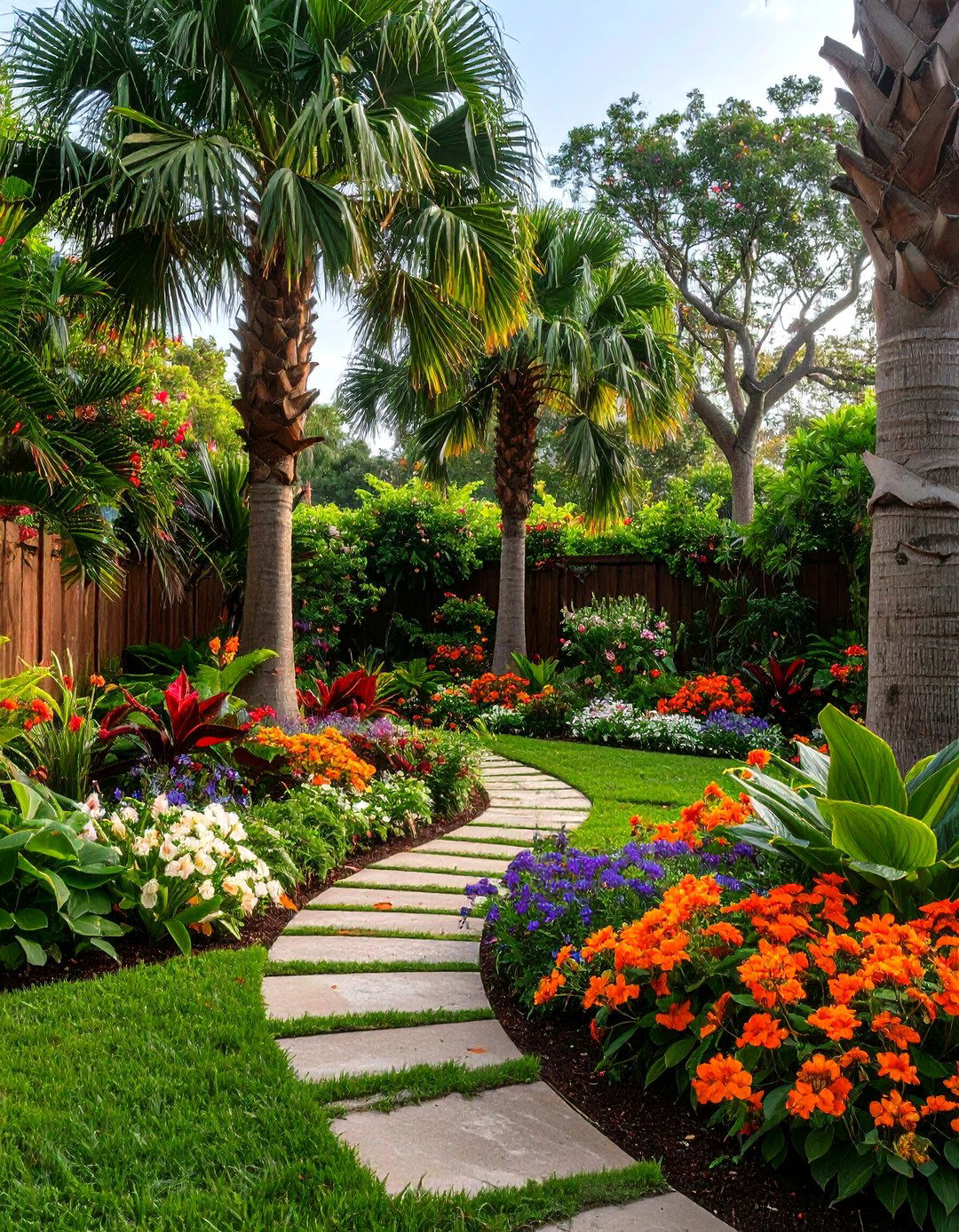
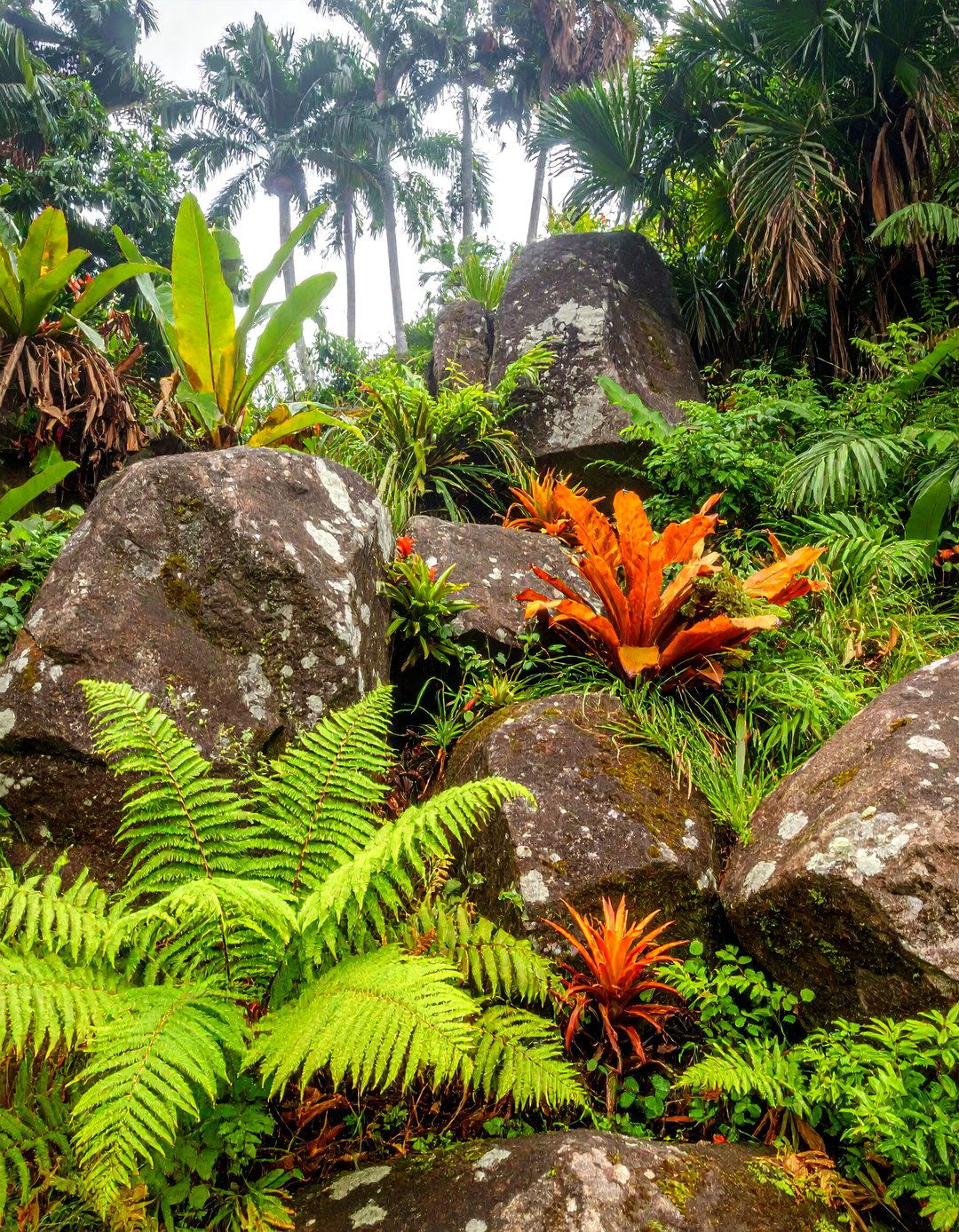
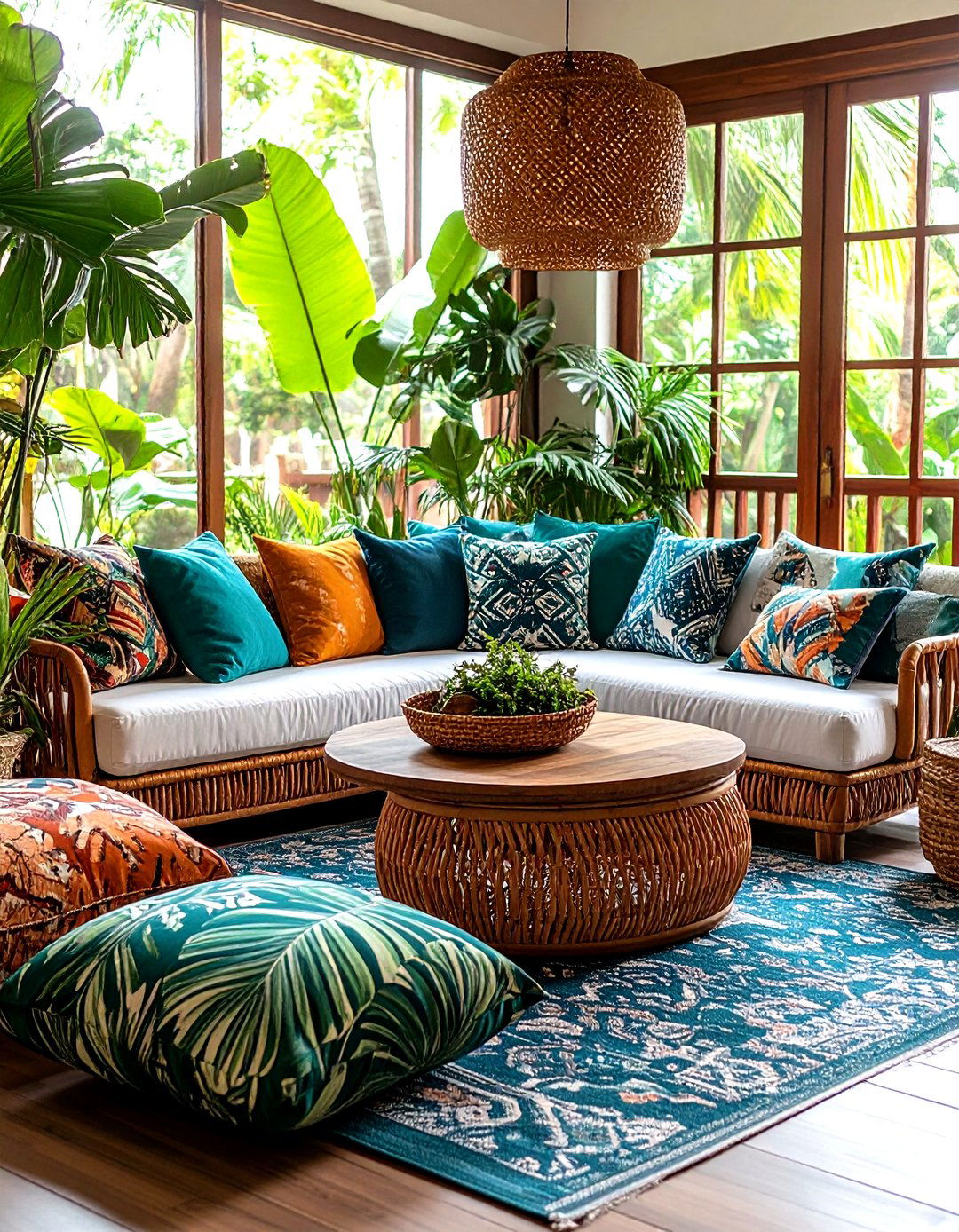

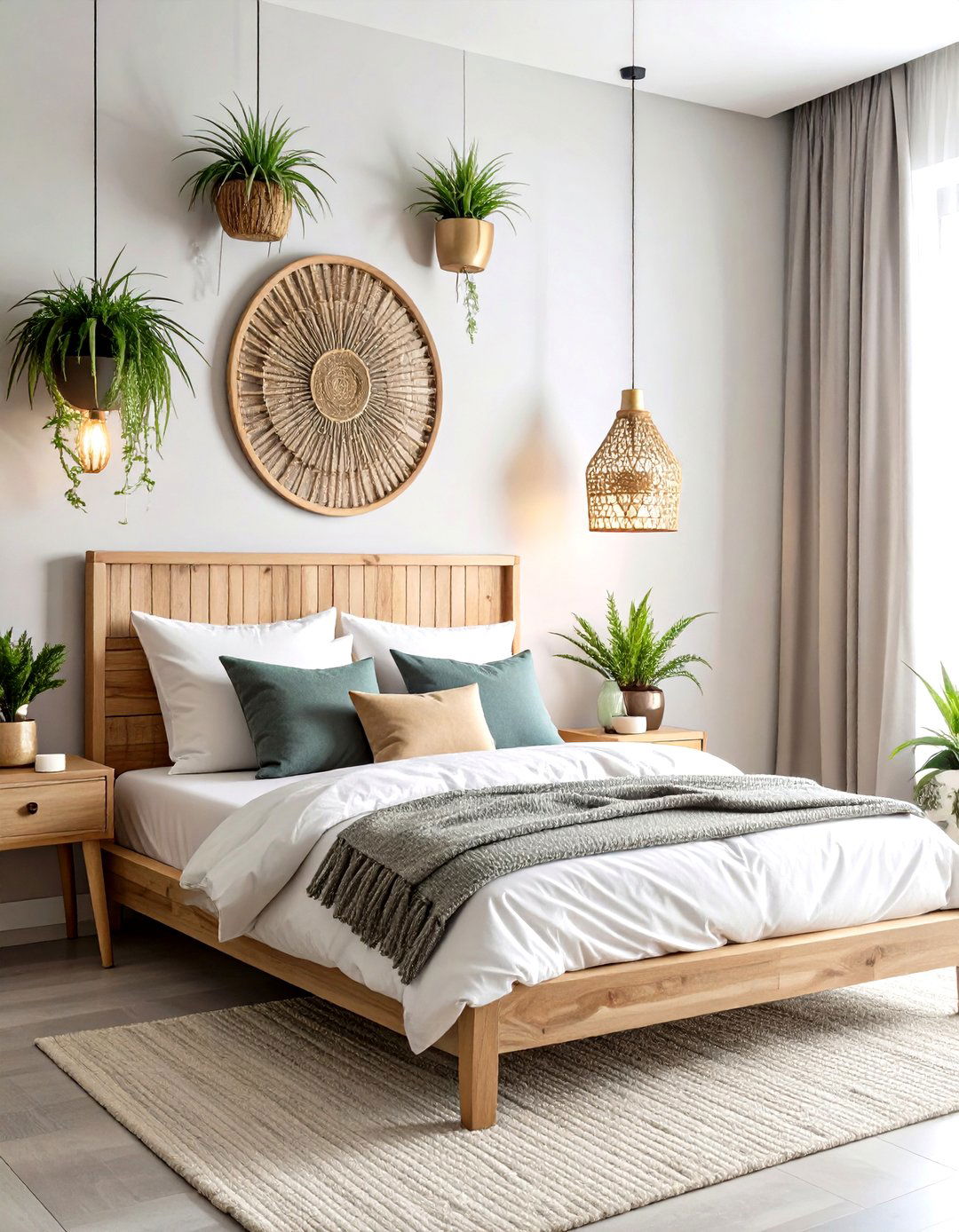
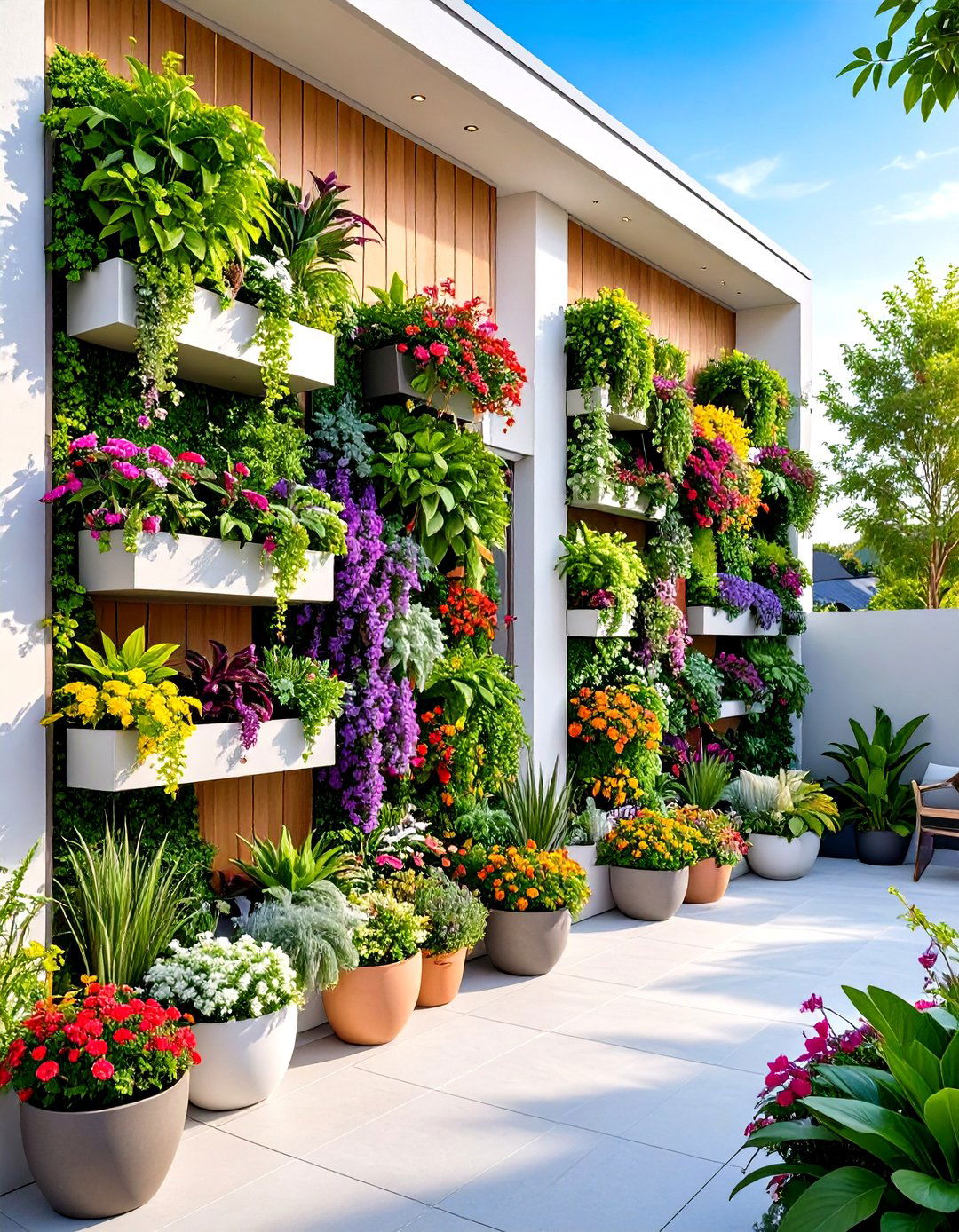
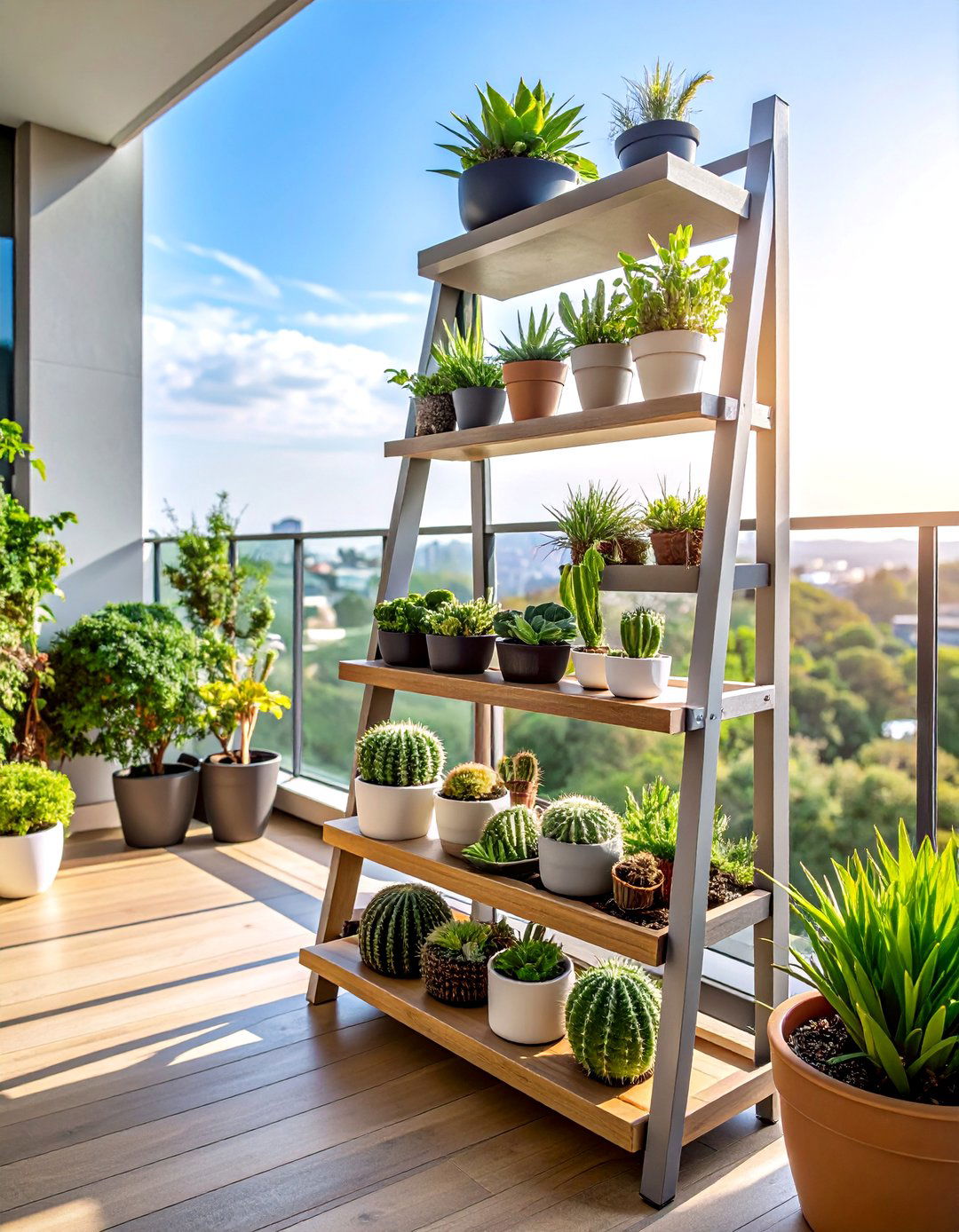

Leave a Reply